Rajshahi, July 30 (V7N) - Several rural schools under the Rajshahi Education Board in Bangladesh are facing a severe student shortage, with some schools presenting fewer than ten candidates in this year’s Secondary School Certificate (SSC) examination. In one extreme case, a school had only a single candidate. This reflects a deepening crisis in secondary education in parts of the Rajshahi district, where poverty, child marriage, and social neglect are contributing to declining enrollment.
According to data released by the Rajshahi Education Board, a total of 74 students from 12 different schools appeared in the SSC exams this year. Of them, 30 failed while 44 managed to pass—resulting in an overall pass rate of approximately 59.45%. In comparison, boys performed better than girls, with a pass rate of 68.42% at boys’ high schools and model schools, while girls’ schools showed a lower pass rate of 56.36%.
Despite the requirement for at least 30 students per class in suburban schools, most institutions have not been able to meet this threshold. Teachers cite early marriage, disinterest among guardians, and economic hardship as key reasons for the dwindling student numbers.
One notable example is Dhorsha Adarsha High School in Mohanpur Upazila. The school had only one candidate for the SSC exam in both 2024 and 2025. Last year, the lone candidate failed. This year, the student passed with a GPA of 2.28—qualifying the school for the 100% pass list, technically. However, school authorities admitted that the student had to be forcibly encouraged to sit for the exam, with a teacher personally accompanying him to the examination center.
A visit to Dhorsha Adarsha High School revealed two tin-roofed structures—one in a completely abandoned state and the other in a decaying condition. Inside, classroom furniture lay scattered and unused. The head teacher, Abdus Salam, stated that the school was established in 1994 and once had strong enrollment. However, after failing to receive MPO (Monthly Pay Order) recognition for years, teacher attendance and student interest gradually declined. “We’ve invested time, money, and effort into this school. Yet we could not keep it alive,” he said.
In Binodpur area of Rajshahi city, Saira Khatun Girls’ High School sent six students for this year’s SSC exam—all of whom passed. However, when contacted, the head teacher’s phone was switched off and no comment could be obtained.
Pokrhi Girls’ High School in Godagari Upazila also struggled. Out of seven students, six failed the exam this year—compared to 12 passes out of 13 last year. Head teacher S.M. Akhtar Rizvi noted that the school has government permission to operate but lacks academic recognition. The school has 180 students from classes six through ten, with 23 students in grade ten. He mentioned that many of this year’s candidates were married before the exams, which affected their preparation and performance.
Among the 12 schools with fewer than ten SSC candidates, eight were girls' schools. From these, 55 female students sat for the exams, with only 31 passing. The remaining four schools—including one model school—sent 19 students, 13 of whom passed.
Some schools stood out for better performance. For example, Sharerhat Girls’ High School saw all eight of its candidates pass, with one student earning a GPA of 5. BIAM Model School in Rajshahi also recorded a 100% pass rate with three students.
Community members and educators express concern over the declining academic environment. Former student Iman Hossain, who left Dhorsha Adarsha High School in 2015, recalled that a lack of teacher attendance led many of his classmates to transfer elsewhere. He eventually did the same.
Parents and social workers blame early marriage and economic hardship. “Girls are often married off by age 14 or 15. After marriage, they usually drop out of school—sometimes willingly, sometimes under pressure from their husbands,” said Sajjad Hossain, a local guardian. “Boys also drop out to migrate to urban areas for work, leaving their education unfinished.”
Rajshahi Education Board Chairman Professor A.N.M. Mofakkharul Islam stated that low enrollment will impact school recognition renewals, which occur every three years. “Many schools were established under political influence, but now they struggle to maintain students. It’s not the number of schools that matters—it’s the quality,” he said.
Education experts stress the need for urgent intervention to address the structural, economic, and cultural challenges hindering rural education. Without targeted support and reform, these institutions face further decline, jeopardizing the futures of countless students in Rajshahi and beyond.
END/MRA/SMA/



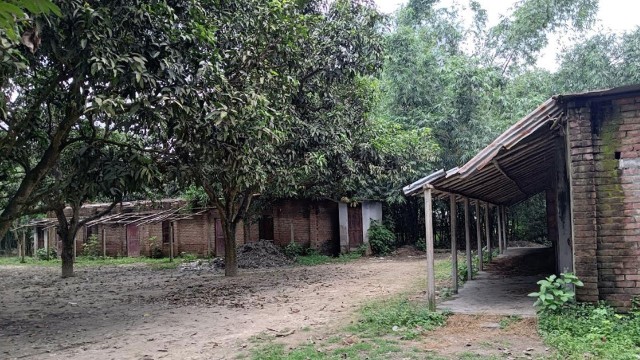
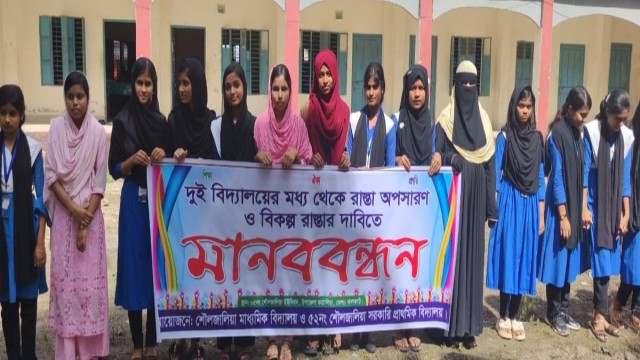
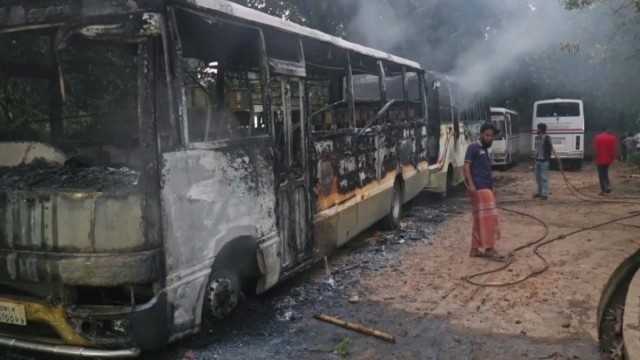
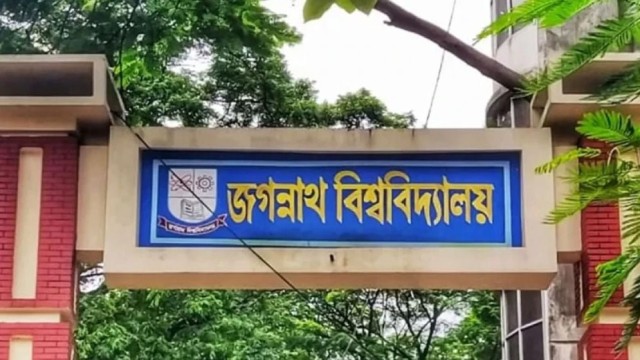
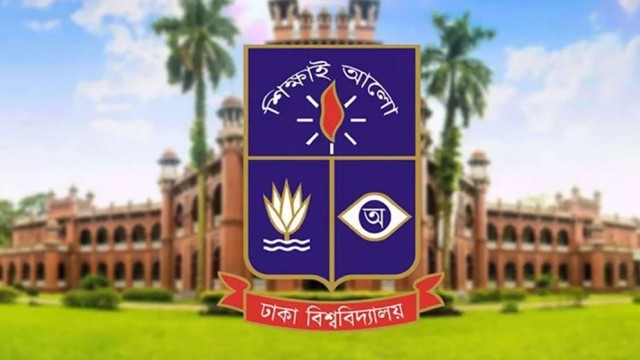
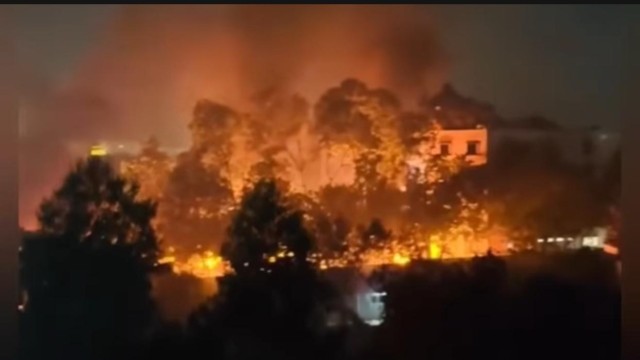
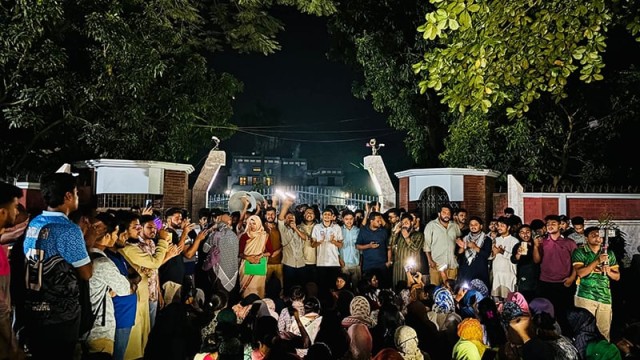


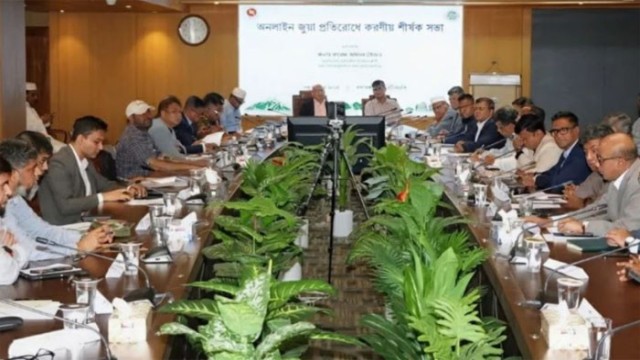
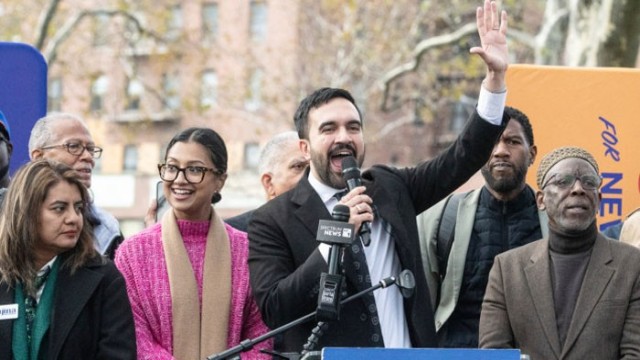

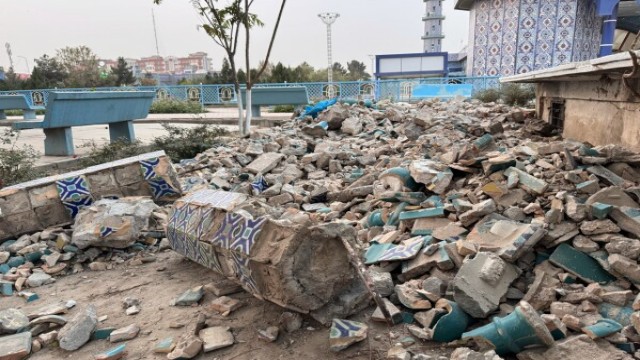
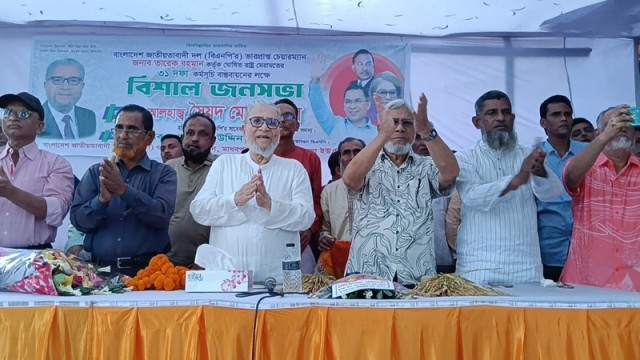
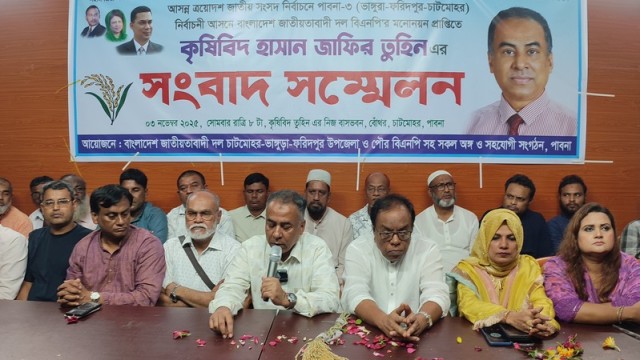



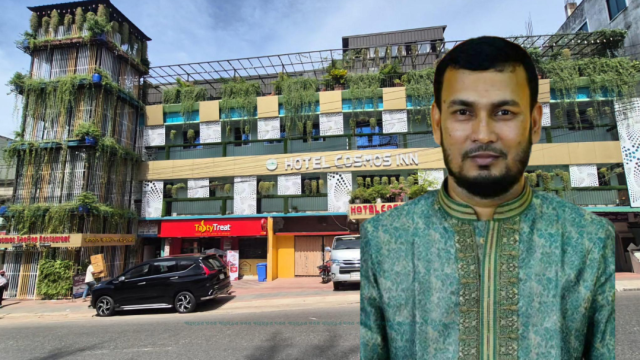
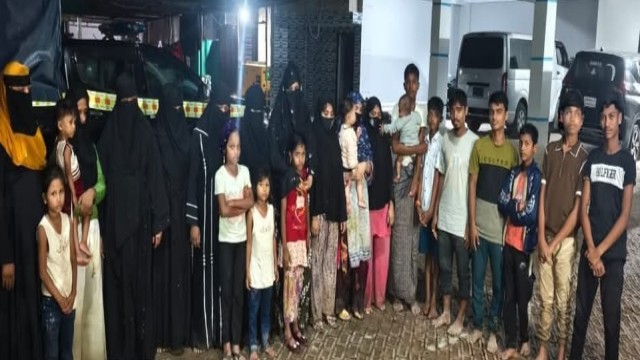
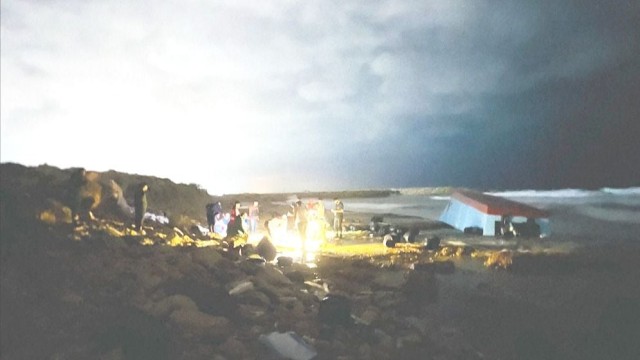
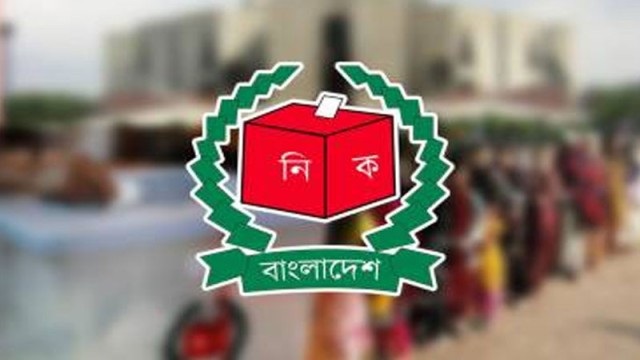




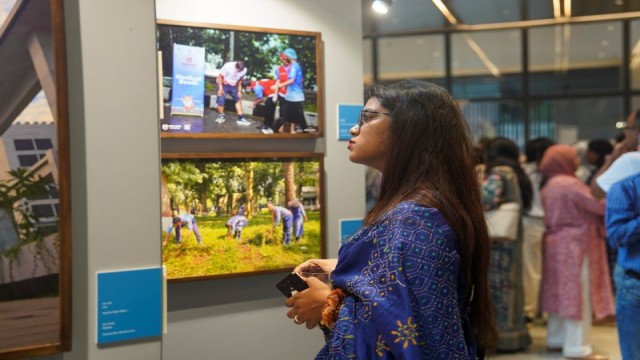

Comment: